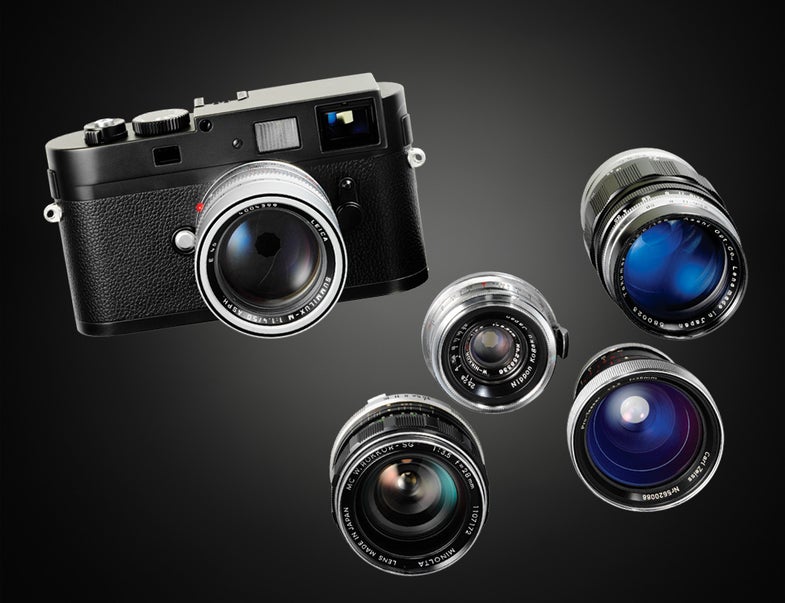How Do Lens Adapters Affect a Camera’s Image Quality?
Why sensor stack matters

We may earn revenue from the products available on this page and participate in affiliate programs. Learn more ›
There’s a lot to love about lens adapters—especially if you shoot mirrorless cameras. They let you mount glass from other systems onto your camera, giving you access to a whole array of shooting tools that might not be otherwise available. You can use lenses that haven’t been released for your specific body, find old glass in a junk shop, or even use something like a Metabones Speed Booster to radically change the speed and focal length of a lens. But what does shooting with a lens not designed for your sensor mean for the optics.
Over at LensRentals, Roger Cicala and Aaron Closz have documented a very interesting phenomenon—how optical performance is modified by the sensor stack for individual cameras.
The sensor stack is a layer of glass that sits in front of the sensor, and contains things like AA and IR filters. It can range from non-existent (in a film camera), to 4mm thick in Micro Four Thirds bodies. And each individual camera maker tailors their lenses to correctly account for the thickness of this piece of glass. When you mount a lens on an adapter, suddenly the the sensor stack is a wildly different size—which unsurprisingly changes the optical performance (especially with extremely wide apertures).
Since sensor stack size isn’t something widely known or discussed, Cicala is now going to be working on pulling together a database of different camera types and their measurements. And hopefully it should allow for more fair and accurate tests between manufacturers—and maybe an explanation as to why that adapted lens doesn’t perform quite as well as you would have liked.
But if you do want to know a bit more about shooting with adapted lenses, a great place to get started is our guide from last year.